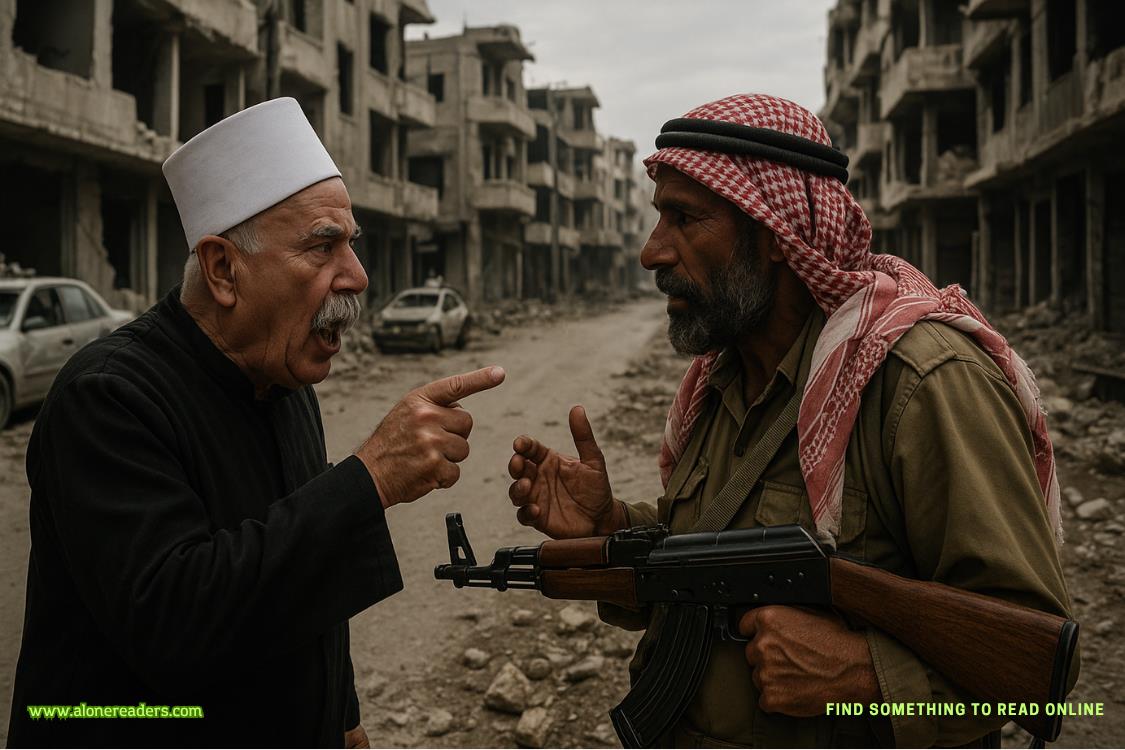Page 86 of The Last Days of Marilyn Monroe
The shoot goes on for four hours.
“I had been wearing the suit, but it concealed too much,” Marilyn says afterward, “and it would have looked wrong on the screen … The set was closed, all except members of the crew, who were very sweet. I told them to close their eyes or turn their backs, and I think they all did. There was a lifeguard on the set to help me out if I needed him, but I’m not sure it would have worked. He had his eyes closed too.”
It’s a marketing masterstroke. What the Taylor-Burton affair has done for publicizingCleopatra,Marilyn’s nude photo shoot will do forSomething’s Got to Give.
While the rolls of film Mitchell snapped are studio property—a show is made of placing them in a bank vault to signal their immense value—Schiller suggests to Woodfield that the two of them combine forces. “Bill, two sets of photos will just drive down the price. One set, and we control the market for these pictures.”
Marilyn personally reviews every image. She’s “a very intelligent businesswoman about these things,” Schiller observes. She approves the ones she likes and cuts through the ones she doesn’t with a pair of scissors.
Hugh Hefner offers $25,000 for a single shot, shattering the ceiling of whatPlayboymagazine has ever paid for an image. The photos sell to seventy magazines worldwide.Lifechooses a rather demure snap—Marilyn poolside in a blue robe—for the cover of its June 22 issue.
Twenty-four-year-old Schiller thanks Marilyn for engineering the biggest payday of his career so far. “See what tits ’n’ ass can do?” he jokes.
“That’s how I got my house and swimming pool,” Marilyn says, laughing along with Schiller. “There isn’t anybody that looks like me without clothes on.”
Yet she hardly feels secure.
It’s still about nudity. Is that all I’m good for?
CHAPTER 61
THE SKINNY-DIPPING PHOTO SHOOT leaves Marilyn with an ear infection. She’s treated at home on Sunday, May 27. On Monday, she’s in too much pain to work and she’s given an injection of penicillin.
Though Marilyn sang “Happy Birthday” to President Kennedy on May 19, his actual birthday is May 29. She’s been wanting to wish him the best for his forty-fifth. But when “Miss Green” telephones the White House, her calls no longer go through.
What she doesn’t know is that the switchboard has been duly informed that neither “Miss Green” nor the president’s otherclosefriends should be put through any longer. Kennedy’s private number has also been disconnected.
On Friday, June 1, 1962, Marilyn celebrates her thirty-sixth birthday by going to work. She’s on the Fox lot by six a.m.
Marilyn’s stand-in, Evelyn Moriarty, convinces a studio artist to draw a funny “Happy Birthday (suit)” card sending up last week’s skinny-dip.
But when Moriarty returns from the Los Angeles Farmers Market with a cake she’s bought with $5 from the cast and crew, she’s told, “You hide that cake and don’t bring it out until 6:00. We are going to get a full day’s work out of that dame.”
They do, and the mood brightens when the cake is lit with sparklers at the end of the day. After it’s cut, Marilyn playfully feeds George Cukor a piece. The director had bristled earlier when Dean Martin brought bottles of Dom Perignon to set, but Marilyn has done well filming her scene today, so why not raise a toast?
Marilyn’s evening is just getting started. She’s next due at Dodger Stadium.
Two local Major League teams, the Dodgers and the Angels, call the brand-new facility home. Tonight the Angels are playing the defending World Series champion New York Yankees—Joe DiMaggio’s old team.
“I have to go,” she tells producer Henry Weinstein. “I promised the people at Muscular Dystrophy.” She’s making an appearance to help the charity raise money.
The evening temperature is hovering around fifty-five degrees. To keep warm, she asks to borrow her Jean Louis–designed movie costume—a cream-colored fur-trimmed suit. Then she’s driven to Beverly Hills to pick up Dean Martin’s ten-year-old son, Dean Paul Martin. She’s known “Dino” since he was a toddler, even babysitting him from time to time.
The game is a big draw. Both teams are in contention for the American League pennant. A record-setting crowd of 51,584 ticket holders is about to see a celebrity more famous than any player on a roster that includes Mickey Mantle, Roger Maris, Yogi Berra, and Whitey Ford.
When Angels outfielder Albie Pearson reports to the home-team dugout, the “Littlest Angel,” as he’s called for his five-foot-five-inch frame, knows only that he’s drawn escort duty for the pregame charity presentation.
“So I go out to the dugout,” Pearson says, “and they tell me the person I’m going to walk to home plate is Marilyn Monroe.”
The player, who’s in his second season with the Angels, is suddenly nervous. “Where is she?” he asks, looking around the dugout.
He finally spots her in the far corner, standing completely in shadow, “pale and shaking and I’m thinking this can’t be Marilyn Monroe, the famous movie star.” Marilyn is “the most famous yet loneliest person I ever saw in my life,” Pearson thinks. “She was a beautiful shell.”
She’s also a professional. Pearson watches in amazement as Marilyn taps into that spark that made her famous. As they climb the steps of the dugout, the actress is suddenly smiling, waving, and sparkling. She’s transformed into Marilyn Monroe.
Standing at home plate, Marilyn asks the crowd to consider a donation to the muscular dystrophy fund. But the Angels haven’t forgotten that it’s her special day. The acclaimed Robert Mitchell Boys Choir, which frequently appears in movies, sings “Happy Birthday” to her.
Pearson sees Marilyn safely back to the dugout. Though they haven’t exchanged a word, he’s feeling protective of her. He’s a religious man, and Bible verses run through his head.















